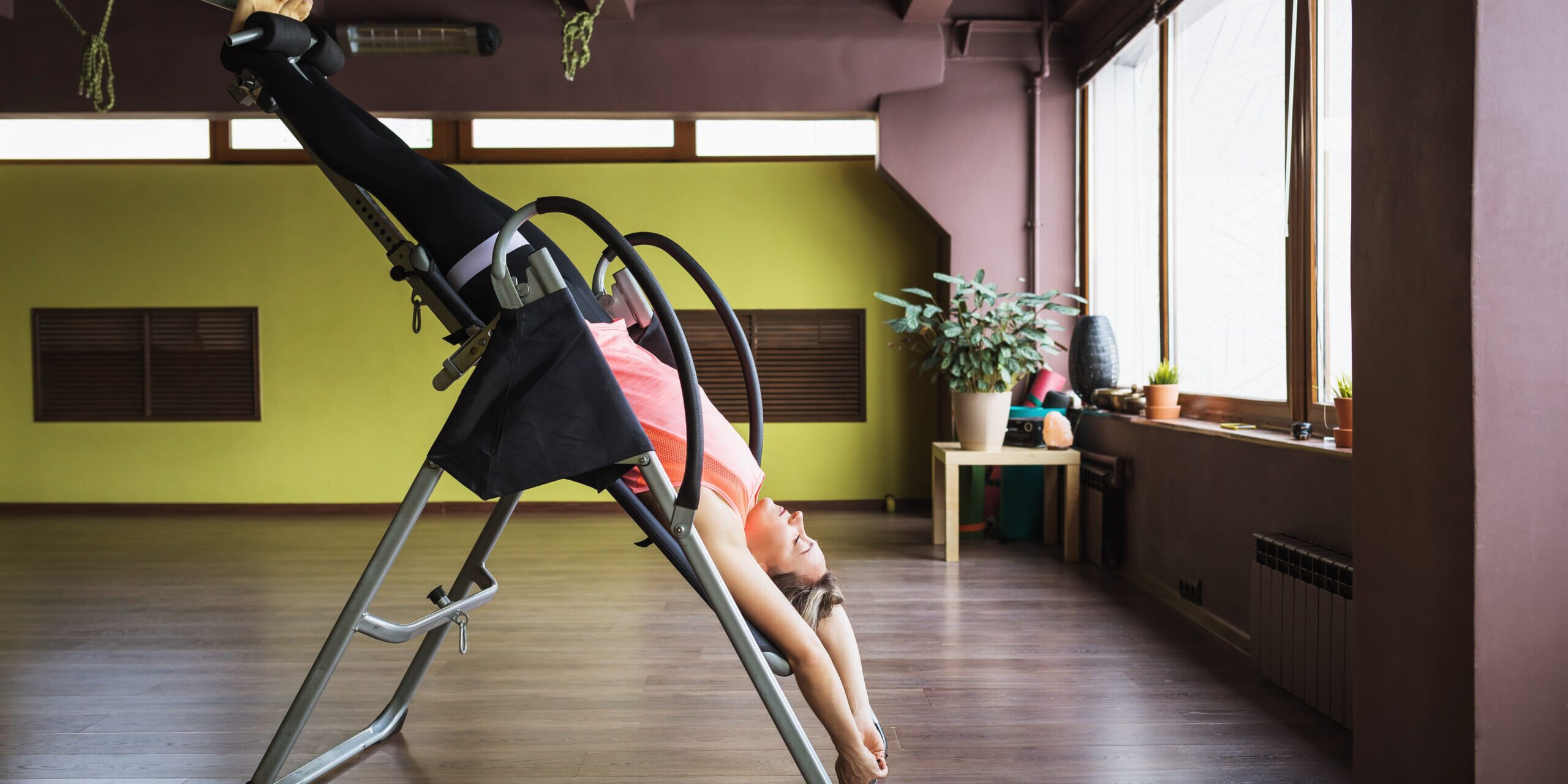Teeter Hang Ups: The Cure for Chronic Low Back Pain or an Invitation for Injury?
Inversion tables are marketed as a solution for back pain, with manufacturers claiming that the devices can relieve chronic discomfort by decompressing the spine. However, these health claims have been met with skepticism, and the safety of inversion tables is under serious question. While some people may experience relief, the potential risks associated with these devices are significant, and in some cases, they can even lead to severe injuries. Recent lawsuits have highlighted the dangers, raising concerns about the true safety of inversion therapy.
Inversion Table Injuries: Complete or Partial Paralysis
Although many people turn to inversion therapy to alleviate back and neck pain, it’s important to recognize the risks involved. One of the most concerning dangers is the possibility of equipment failure, particularly in models that use a single-pin ankle lock design. If this pin fails while a person is inverted, they can fall abruptly, which may lead to catastrophic injuries, including cervical spine trauma. In the worst cases, users have experienced complete or partial paralysis as a result of inversion table accidents.
Common Injuries Linked to Defective Inversion Tables
Injury reports associated with inversion tables include a wide range of serious issues, particularly for those with underlying health conditions. Some of the most severe injuries that have been reported include:
- Neck injuries, potentially causing long-term damage
- Spinal cord trauma leading to partial or complete paralysis
- Facial injuries, such as broken noses and teeth
- Cervical disc herniation
- Head trauma
These injuries can have life-altering consequences, leaving users with long recovery periods and, in some cases, permanent disabilities. The risk of such outcomes has led to growing concern over the safety of these devices, especially given the lack of adequate safety features in some models.
Calls for Safer Inversion Table Design Ignored
Given the dangerous potential of inversion tables, some experts have proposed modifications to make the devices safer for users. For example, adding a simple strap to prevent users from inverting completely upside down could greatly reduce the risk of a fall. Similarly, incorporating an angled pillow above the user’s head could allow for a more controlled slide to the floor in the event of an accident, rather than a direct impact on the head or neck.
These design changes are relatively inexpensive and easy to implement, yet manufacturers have been slow to adopt these improvements. As a result, injuries continue to occur, and legal action against manufacturers is becoming more frequent. Unfortunately, until these safety concerns are addressed, users remain at risk of serious injury or even paralysis.
Legal Representation for Inversion Table Injuries
If you or someone you know has been injured by a defective inversion table, it is important to seek legal advice. Law firms like Wettermark Keith represent individuals who have suffered injuries due to faulty inversion table designs. With the right legal support, injured parties may be able to secure compensation for medical bills, pain and suffering, and other damages related to their injuries.
Inversion therapy can seem like a promising solution for back pain, but it’s crucial to understand the risks before using one of these devices. If you’ve been injured due to a defective table, contact us for a free, no-obligation case evaluation.



